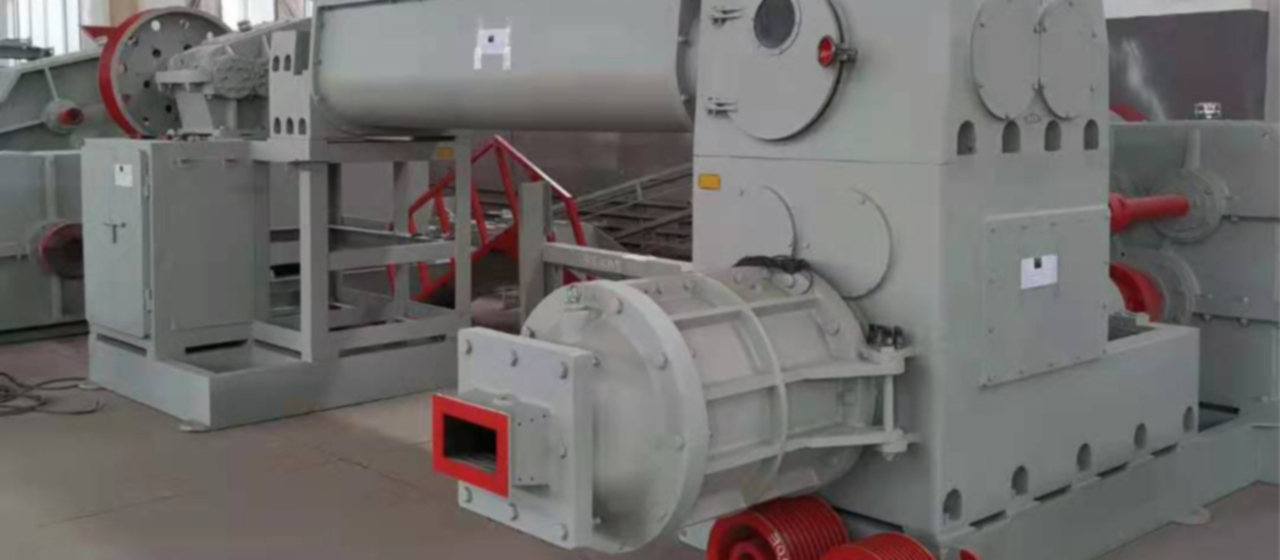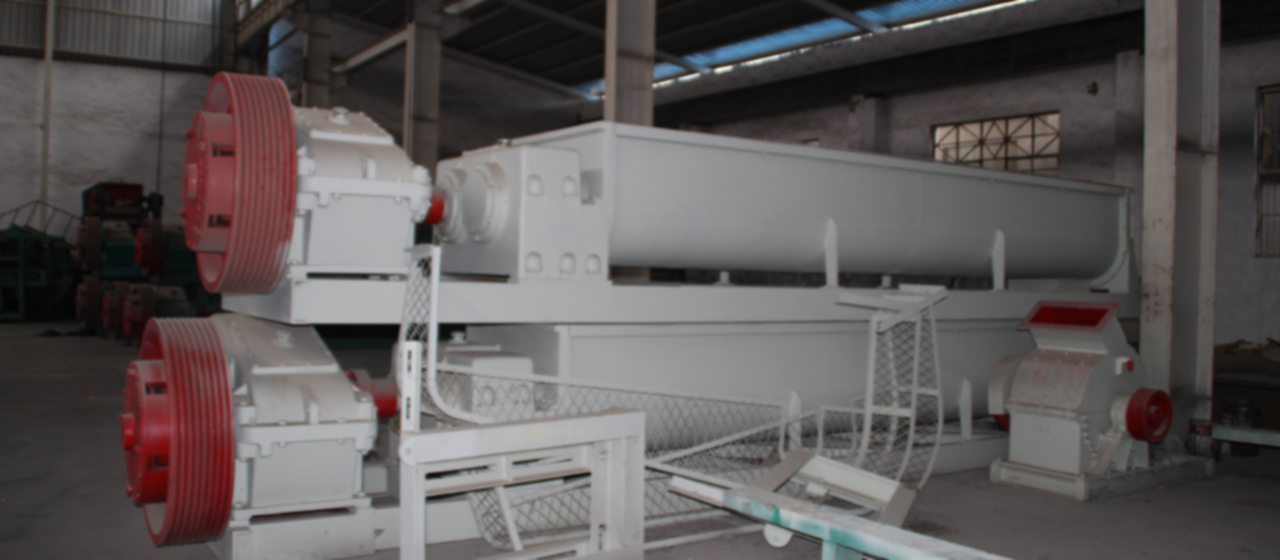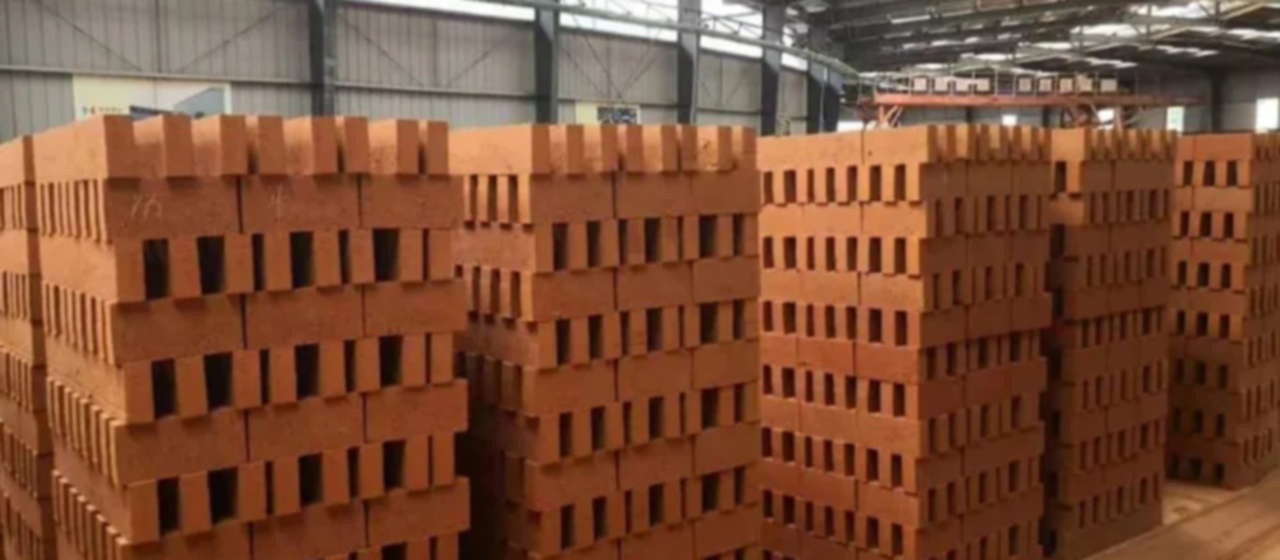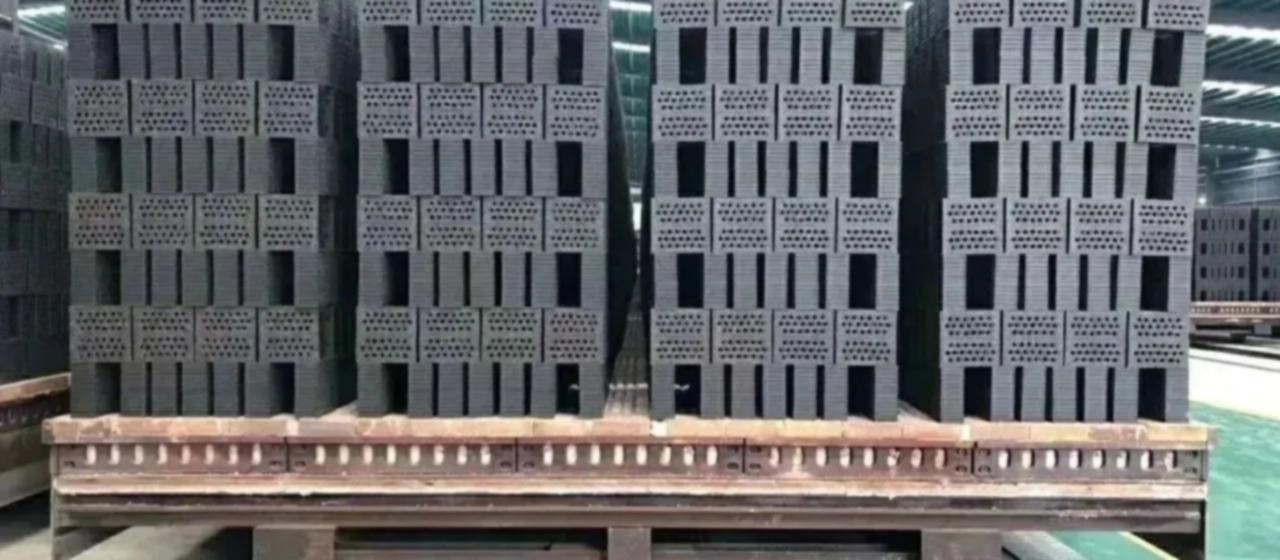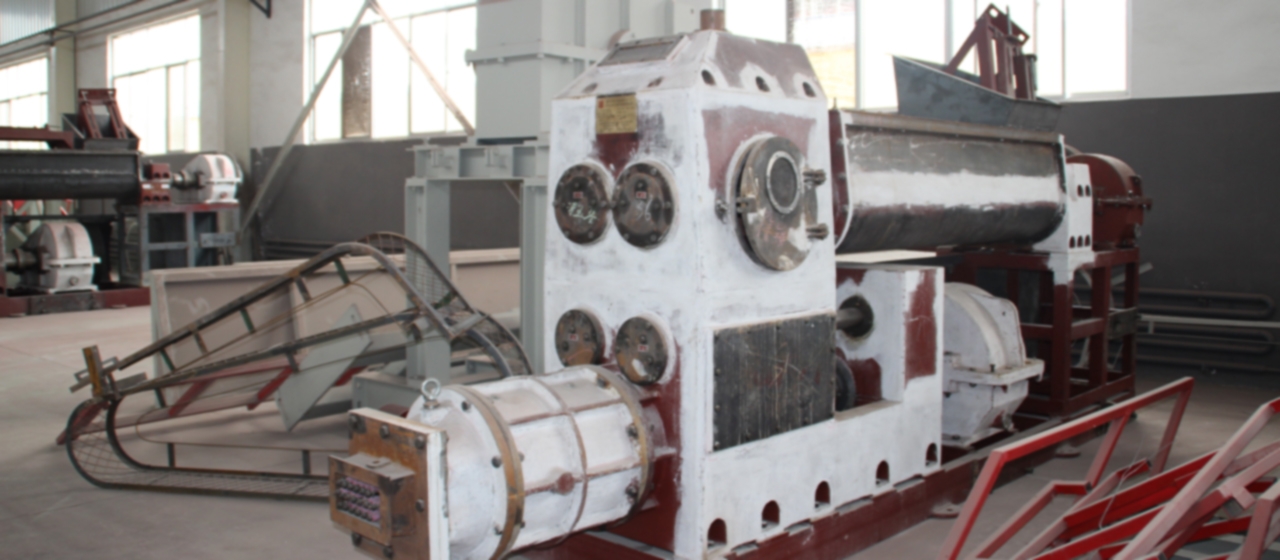how to build one new tunnel clay brick kiln from china?
how to build one new tunnel clay brick kiln from china
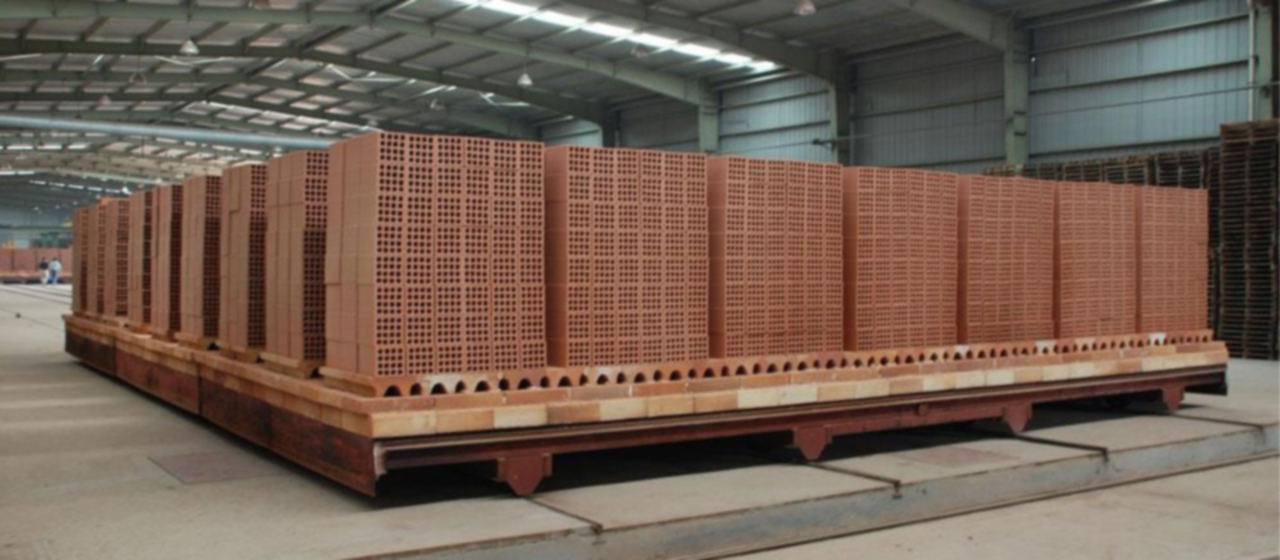

The length parameter of the kiln in the standard is 100m~160m, which is based on the statistics of brick and tile tunnel kilns in China in recent years
The actual length size and product temperature after the kiln exit are determined to be no less than 100m when assembling the tunnel kiln. When the length of the kiln is too low, the temperature of the kiln car and fired products after leaving the kiln is high, resulting in significant heat loss and affecting the supply of drying heat, which is not conducive to energy conservation and carbon reduction. Although some places can produce qualified products with tunnel kilns less than 100m, the energy consumption indicators will definitely be affected, which is an undeniable fact. Over 160m, it may be more energy-efficient, but the fan air volume and pressure of the supply and exhaust systems need to increase, and the cost of the kiln will also increase, resulting in a corresponding increase in the factory area and factory area. On the premise of burning bricks well, considering factors such as energy conservation and cost, combined with the actual length of domestic and foreign kilns, I personally believe it is more reasonable. According to the standard, how to determine the length of the kiln depends on the raw materials and roasting system. Generally speaking, shale bricks can have low values, coal gangue bricks can have high values, and clay bricks are in between. High values for internal combustion and ultra internal combustion bricks, and low values for external combustion or external combustion. There are other factors that affect it, which will not be elaborated here.
There has been controversy over the parameter of the number of kiln doors in the standard Huai kiln, which is ≥ 3. At present, many existing tunnel kiln manufacturers in China mostly have single or double doors. The assembled tunnel kilns designed by formal design institutes basically have three doors. The advantages of having three doors are: the kiln is easy to control the firing curve when roasting and entering the car, has less exposure, reduces energy consumption, and reduces the oxygen content of the kiln, which is conducive to meeting the emission standards of atmospheric pollutants. The tunnel kiln is equipped with one door or one door at the inlet and outlet ends. After the inlet and outlet kiln cars open the kiln door, a large amount of cold air enters the kiln when lifting and lowering the kiln door. This not only affects the normal firing temperature, but also causes an instantaneous increase in oxygen content, and the emission of atmospheric pollutants quickly increases in a short period of time, affecting the emission standards.
The new standard Huaizhong production capacity for assembling tunnel kilns is based on kiln width parameters, corresponding to four daily production capacities. When the kiln width is 4.6m, 5.5m, 6.9m, ≥ 9.2m, the daily production should be greater than 300t, 400t, 500t, and 600t, respectively. Due to significant differences in the appearance dimensions of brick products across regions, the equivalent number of standard bricks in 10000 pieces has not been provided, which is consistent with the usual international practice of calculating production. The firing temperature given is ≤ 1200 ℃, which is in line with the actual firing of bricks and tiles. Most of them are below the secondary temperature, and even lower. The comprehensive energy consumption parameters shall comply with the provisions of the national standard GB30526-2019 Energy Consumption Quota for Sintered Wall Materials and foam Glass Unit Products.
3.2 Interpretation of Technical Requirements in Standards
3.2.1 Basic requirements: The basic requirements mainly include understanding the following points: ① The tolerance dimension accuracy during factory processing and manufacturing should comply with the provisions of relevant national standards; ② The design drawings and manufacturing and installation technical documents should comply with standard regulations. ③ Energy saving fans should be selected for the fan, with a 10% reserve for air volume and pressure. If the reserve is too large, it will cause no load and affect the utilization efficiency of the fan. If it is too low, it will affect the adjustment space. ④ The factory manufacturing of the assembled tunnel kiln shall be free from cracks, air leakage, collapse and other defects. During on-site installation, each module section (each module section is between 6m and 9m) shall be equipped with deformation devices to prevent Thermal expansion, and the mechanical and electrical safety design shall be carried out according to the national standards GB/T29058 Safety Technical Requirements for Wall Material Industrial Machinery and GB19517 National Technical Code for Safety of Electrical Equipment; ⑤ The pipeline design of the hot air and combustion system of the assembled tunnel kiln should comply with the provisions of the two national standards GB50264 “Code for Design of Industrial Equipment and Pipeline Insulation Engineering” and GB50251 “Code for Design of Gas Transmission Pipeline Engineering”; ⑥ Whether the sealing settings of kiln car and kiln car are reasonable when they are running in the assembly tunnel kiln is one of the main links of normal production of the production line. Although it is not said that single or double sealing is necessary, it is recommended to use double sealing as far as possible, and provide data on the sand particle size and thickness in the sand seal groove, and the insertion depth of the sand seal plate of the kiln car, so as to prevent the interference of the upper and lower temperature of the kiln car from affecting the normal product baking of the assembly tunnel kiln.
3.2.2 Performance requirements of the whole machine: in order to ensure the energy saving effect of the assembled tunnel kiln, the designed kiln Thermal equilibrium and thermal efficiency should meet the requirements of 3.4 in the national standard GB/T50528-2018 Design Standard for Energy Saving in Sintered Brick and Tile Plants, which is one of them. The second is that the difference between the external temperature of the kiln wall and the ambient temperature should be less than 15 ℃; The difference between the surface temperature of the kiln top and the ambient temperature should be less than 20 ℃; The temperature of the outer surface of the pipeline should not exceed 50 ℃. Minimize heat loss while ensuring the thermal performance of insulation materials. Thirdly, the first major repair period after the assembly tunnel kiln is put into operation shall not be less than 5 years, and a requirement of less than 5mm deviation in the dimensions of the inner wall between the kiln wall modules and the lower plane of the kiln top module has been proposed. The deviation in the overall length of the kiln is ± 30mm.
3.2.3 Main component requirements: The standard lists the main components of the assembled tunnel kiln from five aspects and proposes corresponding technical requirements Kiln body steel components: The material performance should not be lower than the provisions of Q235A in the national standard GB/T700-2006 “Carbon Structural Steel”; The quality of main weldments shall meet the requirements of the national building materials industry standard JC / T532-2007 General-purpose technology Conditions for Steel Weldments of Building Materials Machinery. The quality of the welding surface shall meet the requirements of Grade III in Table 2 of the standard, and the dimensional limit tolerance shall not be lower than Grade B in Table 3 of the standard; After welding, the deformation should be corrected, with a flatness of no more than 1mm per meter, a diagonal length deviation of no more than 5mm, and a perpendicularity of no more than 1.5mm per meter between the side and top surfaces; The deviation of the length dimension of a single diagonal should not exceed 5mm, the flatness should be less than 1.5mm per meter, and the total length should not exceed 10mm Heat-resistant hanging parts: The requirements for assembling tunnel kiln heat-resistant hanging parts are reflected in three aspects: material, processing quality requirements, and hanging force. The material performance requirements comply with the provisions of 06Cr19Ni10 in the national standard GB/T1220-2016 “Stainless Steel Bars”; The processing quality requirements do not allow defects such as cracks, defects, twists, and burrs; The hanging force of a single piece should be greater than 500N. ③ Assembly of tunnel kiln wall module: The standard requirement is that the flatness of a single section should be less than 2mm per meter; The deviation of diagonal length dimension should not exceed 5mm; The total length does not exceed 10mm; The perpendicularity between the surface of the kiln car and the inner side should be less than 1.5mm per meter. ④ Kiln top module: The flatness of a single section should not exceed 1.5mm per meter; The deviation of diagonal length dimension should be less than 5mm; The total length does not exceed 10mm;
Deflection size regulation: When the kiln width is not greater than 5.5m, the deviation of deflection size shall not exceed 5mm, and when the kiln width is not less than 6.9m, the deviation of deflection size shall not exceed 10mm. ⑤ Heat supply and exhaust ducts: In order to ensure the quality of the assembled tunnel kiln supply and exhaust ducts and the efficient operation of the kiln, requirements have also been put forward for its auxiliary pipelines. Firstly, it is necessary to ensure that the material quality complies with the provisions of 06Cr19Ni10 in the national standard GB/T4237-2015 “Non embroidered Steel, Hot Rolled Steel Plate and Strip”; The performance of thermal insulation Aluminium silicate wool and rock wool materials used for thermal pipe insulation treatment shall meet the requirements of relevant national standards; The configured thermal pipeline should be equipped with expansion joints to avoid defects such as air leakage caused by thermal expansion stress. (To be continued…).


